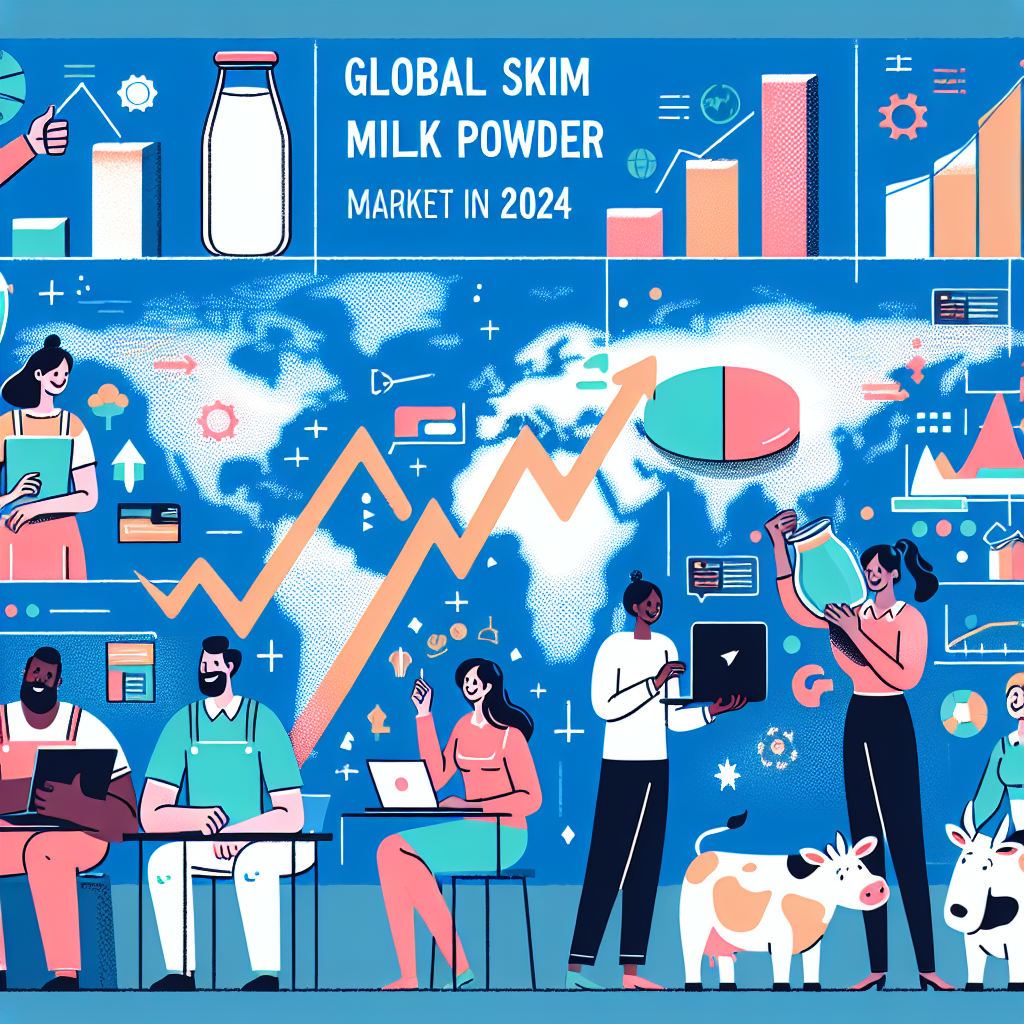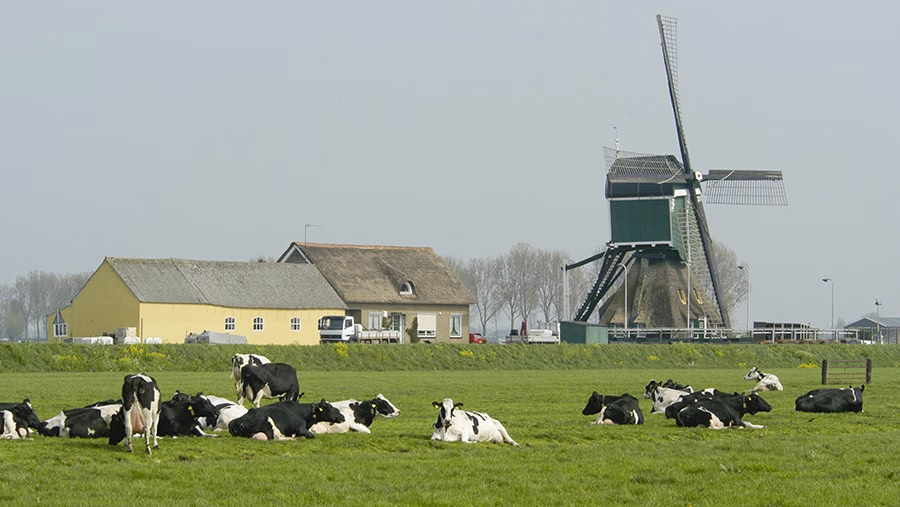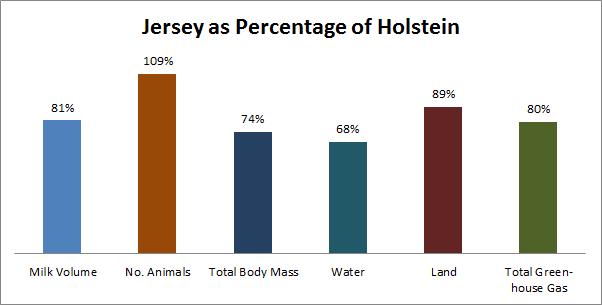Stay ahead with our dairy market weekly recap. Discover key trends and insights for September 8th, 2024. Ready to navigate the latest shifts?
Summary: Last week offered plenty to digest if you’ve been watching dairy markets. EEX Futures saw a remarkable 3,770 tonnes traded, with butter and SMP showing gains; butter futures rose 1.8% to €7,668 and SMP increased 2.7% to €2,756. Over at SGX, 13,053 tonnes traded, with WMP falling 3.0% to $3,438 while SMP rose 1.4% to $2,876. Anhydrous Milk Fat (AMF) futures increased 0.4% to $6,978, but butter futures fell 0.4% to $6,629. European markets showed strength, particularly in butter, which rose 4.3% to €7,923. Meanwhile, China’s farmgate milk prices declined slightly, signaling potential shifts on the horizon. Additionally, global milk collections varied, with year-on-year increases in Italy and Australia, while Ireland saw a decrease.
- Butter and SMP futures exhibited gains on EEX, with butter futures rising 1.8% and SMP increasing by 2.7%.
- SGX futures experienced mixed results: WMP dropped 3.0%, SMP gained 1.4%, AMF increased 0.4%, and butter futures decreased by 0.4%.
- European markets showed significant strength, especially in butter, which saw a 4.3% increase.
- China’s farmgate milk prices slightly declined, indicating potential market shifts ahead.
- Global milk collections presented a mixed scenario: Italy and Australia reported year-on-year increases, while Ireland experienced a decline.

Is the volatility of dairy market pricing keeping you up at night? Staying current on market trends has never been more important for dairy farmers and industry professionals. Knowing what’s happening in the global dairy industry might be the difference between a lucrative year and a struggle to break even. This week’s summary will thoroughly examine the fundamental market moves. We will look at the EEX and SGX futures, EU quotes, GDT performance updates, and recent milk collecting statistics from key producers such as China, Italy, Spain, Australia, and Ireland. Stay informed and manage the markets with confidence. Knowledge is power. Staying up to speed on market trends is more than simply surviving; it’s about flourishing in a competitive climate.
EEX Trading Thrives: Butter and SMP Futures Shine Amidst Market Activity
The European Energy Exchange (EEX) had an intense trading week, with a total volume of 3,770 tonnes moved. This action included 585 tonnes of butter and 3,185 tons of Skimmed Milk Powder (SMP). The busiest trading day was Wednesday, with an astonishing 1,735 tons moved.
Butter futures on the EEX showed noteworthy growth, marking the sixth consecutive week of price rises. The average price for the September 24-April 25 strip increased by 1.8% to €7,668. Except for the Mar25 contract, gains were seen throughout the curve.
The SMP futures market, on the other hand, demonstrated its resilience, with a 2.7% rise over the same period. The average price increased to €2,756, a clear indicator of the market’s comprehensive confidence and stability.
Whey futures, on the other hand, fell somewhat by 1.3% during the September 24-Apr25 strip. The average price finished at €963, showing weakness in this market.
SGX Futures: Navigating Last Week’s Trading Dynamics
Let’s look at the SGX trading activity from last week, which saw 13,053 tons exchanged. Whole Milk Powder (WMP) fell by 3.0%, dropping the average price to $3,438. This decrease raises concerns about short-term demand and possible supply changes.
Skim Milk Powder (SMP), on the other hand, showed resiliency, rising 1.4% to an average price of $2,876. This rising trend in SMP indicates a more stable future, owing to consistent market demand.
In the Anhydrous Milk Fat (AMF) futures market, we saw a 0.4% increase, bringing the average price to $6,978. This minor increase reflects customers’ consistent desire for it, perhaps motivated by its use in high-fat dairy products.
Butter futures on the SGX showed mixed results, down 0.4% to an average of $6,629. The slight drop in butter prices might be due to seasonal changes or adjustments in customer preferences. However, observing these small swings as the dairy market matures can provide valuable insights for future trading tactics, enlightening us about the market’s dynamics.
European Dairy Market Surge: Butter and SMP Lead the Rally
The European dairy market performed well, continuing its upward trend for the sixth week. Butter led the way with a 4.3% rise, propelling the index to €7,923. This increase was even more noticeable in the French market, where butter prices rose 7.9% to €7,770. Year on year, the average butter price has increased by 63.7% to €2,880.
Meanwhile, the SMP index rose 2.8%, reaching €2,532. This increases SMP’s average price to €334 over last year’s levels, or a 15.2% rise. Whey prices also increased significantly; the whey index surged 9.9% to €800, with Dutch whey up 4.9% and German whey up 9.2%. French whey prices rose by 16.8%, amounting to a yearly increase of 32.9%.
| Product | Country | Price Change | Current Price |
|---|---|---|---|
| WMP | Germany | +3.0% | €4,285 |
| WMP | France | -1.9% | €3,930 |
| WMP | Netherlands | 0.0% | €4,280 |
European Cheese Indices Continue Winning Streak: A Deep Dive Into the Market’s Resilience
European cheese indexes have maintained their upward trend, recording the sixth week of advances. Let’s look at what’s driving the increase in essential cheese categories throughout the continent.
The Cheddar Curd Index grew by €139, or 3.0%, to €4,729. The index is €989 higher than last year, representing an astounding 26.4% year-on-year gain.
In parallel, the Mild Cheddar index increased by €166, or 3.6%, raising the average price to €4,721. This puts the index €935 higher than a year earlier, representing a significant 24.7% increase.
The Young Gouda index had the most significant percentage rise, rising by €263, or 6.1%, to €4,588. This is €1,167 more than in the same time last year, representing a 34.1% rise year on year.
Finally, the Mozzarella index rose, reaching €4,592, up €226, or 5.2%. This is a stunning €1,217, or 36.1%, increase over the previous year.
These significant year-on-year improvements underscore the robustness and sustainability of the European cheese industry, driven by demand and potentially supply-side factors that warrant further investigation. Understanding these reasons can provide valuable insights for future market strategies.
GDT Auctions: A Reflection of Market Nuances
Global Dairy Trade (GDT) auctions provide an exciting look at market trends, and the recent results were no exception. The GDT index fell 0.4%, reflecting moderate market corrections. The overall amount sold was 38,346 tonnes, with 179 bidders actively engaging, somewhat lower than the previous auction’s 181 purchasers and 34,916 tonnes sold.
Focusing on specific products:
- Whole Milk Powder (WMP): The WMP index declined 2.5%, bringing the average price down to $3,396.
- Skim Milk Powder (SMP): In contrast, SMP performed well, with the index rising by 4.5% and an average winning price of $2,753.
- Cheddar: Cheddar’s index saw a modest increase of 0.9%, showing stability within its segment.
- Mozzarella: This category saw a significant boost, gaining 7.0% and reaching an average price of $5,145.
- Lactose: Lactose prices declined notably, dropping by 8.9% to an average of $863.
- Butter Milk Powder (BMP): BMP also showed strength, climbing by 8.4% to an average price of $3,024.
China’s Farmgate Milk Prices: A Small Decline with Big Implications
China’s farmgate milk prices fell slightly in August, which may not seem noteworthy initially but has wider consequences for the dairy sector. The average price in August fell to 3.21 Yuan/kg, down from 3.22 Yuan/kg the previous month. This 0.1 Yuan/Kg loss represents a 1.1% month-over-month decrease.
The reduction is much more pronounced compared to the previous year. The current average price is 14.6% lower than last year. To put things in perspective, the average price was far higher 12 months ago. Several variables might be at work here, including changes in domestic demand, manufacturing costs, and potential changes in consumer behavior.
What does this indicate for the market in the future? For example, Chinese dairy producers may experience lower margins, leading to decreased output or higher efficiency. It also emphasizes the global dairy supply chain since variations in one of the world’s major dairy markets may have far-reaching consequences worldwide. Watch these data; they might be a warning sign for more significant market developments.
Global Milk Collections: A Mixed Bag in 2024 for Italy, Spain, Ireland, and Australia
When we examine the milk-collecting statistics, it is evident that Italy, Spain, and Australia had different outcomes in 2024. Let’s go into the details.
Beginning with Italy, the figures reveal a rise in milk production for July, reaching 1.09 million tons, up 0.7% year on year (Y/Y). Provisional statistics for May suggested 1.18 million tons, a 1.3% yearly increase. Notably, April collections were revised higher to 1.17 million tons, representing a 2.0% increase over the prior year. Italian milk collections in the first half of 2024 were 6.87 million tons, marking a 1.8% yearly rise.
Next, Spain produced 628 thousand tons (kt) of milk in July, up 1.3% from 621kt the previous year. Milk collections for 2024 have already reached 4.47 million tons, representing a 2.0% increase year over year. When we examine milk solids, we observe milkfat levels of 3.64%, somewhat higher than last year’s 3.62%. Protein content remained at 3.29%, unchanged from July of the year. As a result, in July, Spanish milk solid collections were 44kt, up 1.5% year on year, for a total of 317kt in 2024, a 1.5% increase yearly.
Irish milk collections fell 1.3% in June, reaching 1.06 million tons. Despite this decrease, milk fat content grew slightly to 4.01% from 3.98% the previous year, while protein level increased to 3.42% from 3.39%. Cumulative milk collections for 2024 are down 5.6%, reaching 4.48 million tons. Similarly, milk solid collections declined by 0.5% year on year in June, bringing the total down 5.2% to 338kt. Irish dairy producers have challenges in adjusting to changing market circumstances.
Finally, Australia’s reported monthly milk collection was 597kt, a 1.6% rise from 588kt collected a year ago. Milk collections were 4.47 million tons this year, a 3.9% increase from the previous year. Despite a slowing growth rate of the prior season’s 3.1%, milkfat remained steady at 4.22% yearly. On the other hand, protein content increased marginally, from 3.46% last July to 3.48% this July. As a result, milk solid collections for the month were 46kt, up 1.8% year on year, and the cumulative total for the year was 351kt, a 4.4% rise year on year.
The Bottom Line
This week has been a frenzy for the global dairy industry. EEX and SGX futures performed mixed, with Butter and SMP experiencing substantial trading volumes and price moves. European dairy commodities, notably cheese indices, continue to rise, and significant rises have been seen. The Global Dairy Trade (GDT) index fell slightly, with mixed results across various products. Meanwhile, China’s farmgate milk prices fell, contrasting with the continuous gains in European and Oceanic collections.
Being well-informed is helpful and vital in an industry where pricing and trends change quickly. Knowledge enables you to manage these oscillations and make sound choices that substantially influence company business. Are you staying current on the newest market insights to remain ahead of the competition, or are you in danger of slipping behind in this changing landscape?
Learn more:
- Is 2024 Shaping Up to Be a Disappointing Year for Dairy Exports and Milk Yields?
- Mid-Year 2024 Global Dairy Business Review: Key Developments from January to June
- Global Dairy Market Trends July 2024: Australia’s Rise as Argentina and New Zealand Face Challenges
 Join the Revolution!
Join the Revolution!
Bullvine Daily is your essential e-zine for staying ahead in the dairy industry. With over 30,000 subscribers, we bring you the week’s top news, helping you manage tasks efficiently. Stay informed about milk production, tech adoption, and more, so you can concentrate on your dairy operations.







 Join the Revolution!
Join the Revolution!

















